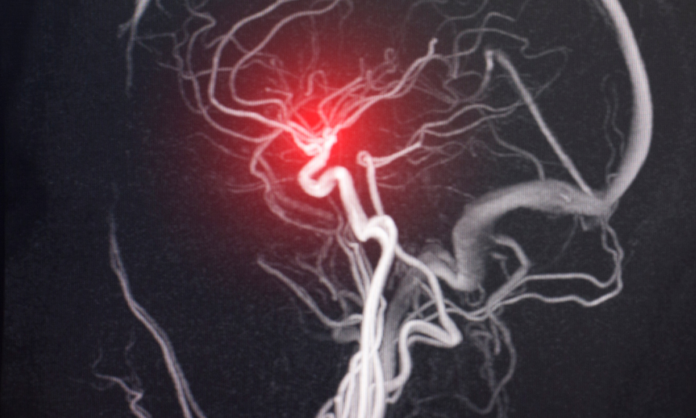We appreciate the necessity of delivering accurate and thorough information regarding crucial health problems as a trusted source of information. In this post, we want to shed light on brain aneurysm symptoms, allowing readers to recognize warning indications and seek medical attention as soon as possible. Our purpose is to provide helpful insights that may assist folks in making educated health choices. Let’s take a look at brain aneurysms and the signs that should never be disregarded.
Understanding Brain Aneurysms
A brain aneurysm is a potentially fatal disorder marked by a bulge or weakening in the wall of a blood artery in the brain. This protrusion may cause the creation of a balloon-like sac, which can expand in size over time. While brain aneurysms may occur at any age, they are more prevalent in those over the age of 40.
The Silent Threat: Unruptured Brain Aneurysms
Often referred to as “silent killers,” unruptured brain aneurysms can pose a significant risk if left undiagnosed and untreated. The challenge lies in the fact that these aneurysms may not exhibit any symptoms until they rupture, leading to a potentially life-threatening situation. However, there are certain signs that individuals should be aware of, as they could indicate the presence of an unruptured brain aneurysm.
Warning Signs and Symptoms
- Headaches: Frequent or severe headaches, particularly if they are sudden or different from your usual headache patterns, should never be ignored. Headaches are caused by unruptured brain aneurysm symptoms, Brain aneurysm are often described as the worst headache a person has ever experienced.
- Vision Problems: Sudden changes in vision, such as double vision or blurry vision, can be an indication of an unruptured brain aneurysm symptoms. If you notice any alterations in your eyesight, it is essential to seek medical attention promptly.
- Localized Pain: Unexplained pain in the area behind or above one eye can be a symptom of an unruptured brain aneurysm symptoms. This discomfort may vary in intensity but should never be overlooked.
- Dilated Pupils: If one or both of your pupils appear larger than usual, it could be a sign of an unruptured brain aneurysm symptoms. While this symptom can be attributed to various other conditions, it is crucial to get a thorough evaluation from a medical professional.
- Neck Stiffness: Stiffness in the neck, often accompanied by pain or discomfort, can be a warning sign of an unruptured brain aneurysm. If you experience this symptom alongside other concerning signs, it is imperative to seek immediate medical assistance.
Seeking Timely Medical Help
Recognizing the warning signs of an unruptured brain aneurysm is the first step towards ensuring prompt medical intervention. If you or a loved one experience any of the aforementioned symptoms, it is crucial to seek immediate medical attention. Remember, early detection and timely treatment can significantly improve the prognosis and increase the chances of a positive outcome.
Consult a medical professional or visit the nearest emergency department without delay. Explain your symptoms in detail, emphasizing any unusual or severe headache, changes in vision, localized pain, dilated pupils, or neck stiffness. The healthcare provider will conduct a thorough examination, which may include imaging tests, to assess the presence and severity of the aneurysm.
Risk Factors and Prevention
While brain aneurysms can occur without any specific cause, certain factors can increase the risk of developing this condition. These factors include:
- Family History: Individuals with a family history of brain aneurysms are at a higher risk.
- Age and Gender: The risk of developing a brain aneurysm increases with age, and women are more prone to this condition than men.
- High Blood Pressure: Uncontrolled high blood pressure can weaken blood vessels and make them susceptible to aneurysms.
- Smoking: Tobacco use can significantly elevate the risk of developing brain aneurysms.
- Substance Abuse: The use of illicit drugs, particularly cocaine, can contribute to the formation of aneurysms.
While certain risk factors cannot be changed, such as family history and age, it is essential to adopt a healthy lifestyle to reduce the overall risk of brain aneurysms. Regular exercise, a balanced diet, stress management, and avoiding tobacco and substance abuse can help promote vascular health.
In Conclusion
Brain aneurysms are serious medical conditions that require immediate attention. Understanding the warning signs and symptoms can make a significant difference in seeking timely medical help. Remember, if you experience severe headaches, vision problems, localized pain, dilated pupils, or neck stiffness, do not hesitate to consult a healthcare professional.
By staying informed and taking appropriate preventive measures, we can all work towards reducing the impact of brain aneurysms. Your health is your most valuable asset, so prioritize it by seeking medical assistance whenever necessary.





